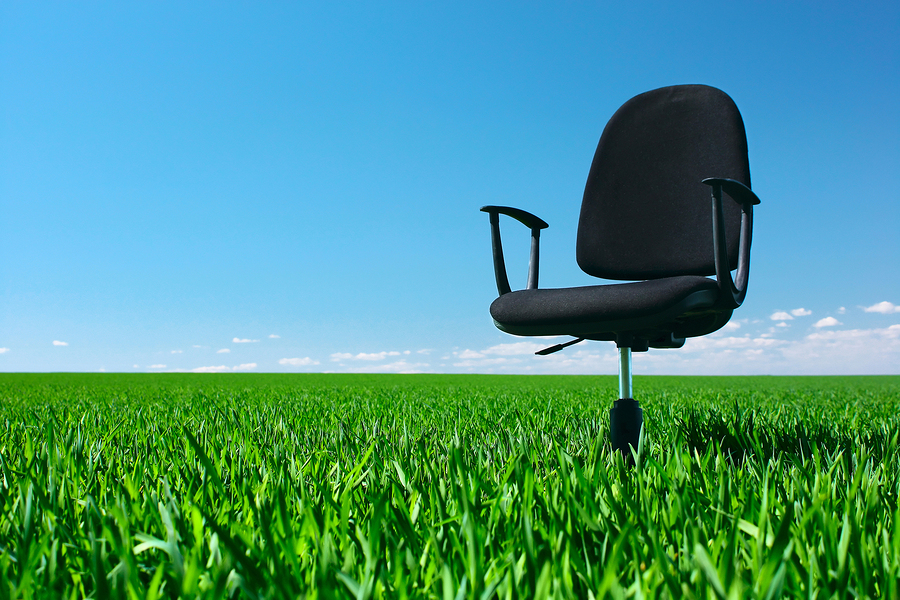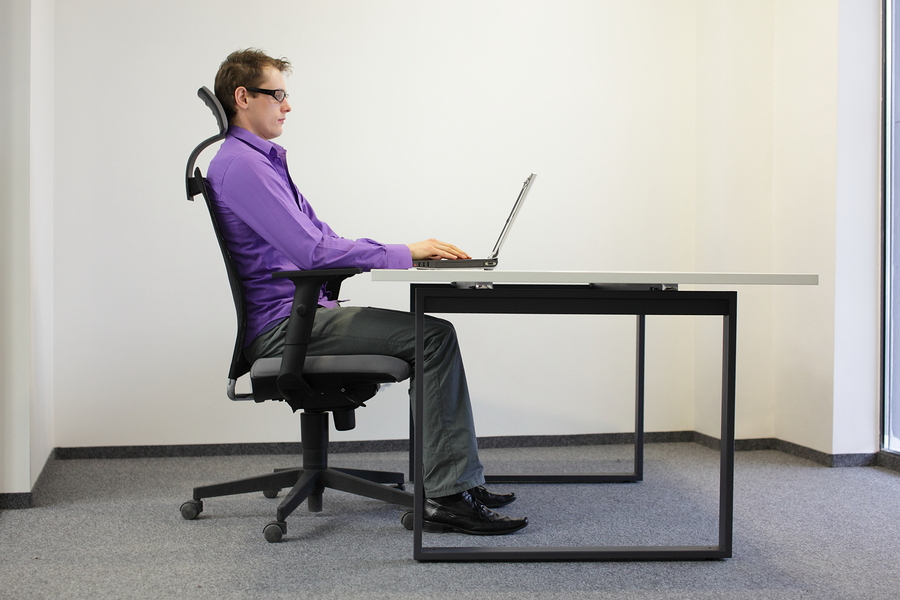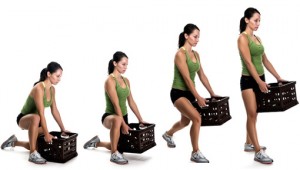Spinal Disc Health and Hydration
Your body needs plenty of water to function at its best and the spine is no exception! Unfortunately though, the spine is not able to absorb water as easily as other parts of the body and is instead dependent on the motion of the spinal discs that acts as a pump to move the fluid around. This process is known as imbibition. Imbibition is necessary for the spine to receive essential nutrients.
A normal vertebral disc is close to 90% water. Maintaining this healthy percentage is dependent first of all on drinking plenty of water throughout each day, but it is also dependent on movement. The typical “rule” suggests drinking eight 8 oz glasses of water each day, but this of course increases for those with higher levels of physical activity, particularly when working outdoors in high temperatures. When it comes to movement, leading a sedentary lifestyle can contribute to a loss of water in the vertebral discs and eventually cause disc degeneration and chronic pain. This tends to be particularly common among the elderly as they are no longer able to lead as active of a lifestyle as they once were.
Another important factor that affects spinal hydration is sleep. Each night while you sleep, your body restores some of the water that was lost during the day to the spinal discs, but not all of it. Some have suggested that because of this, it is best to give yourself some time after waking up (about an hour) in the morning before doing any heavy bending so that some of that water in the discs has the chance to disperse. In addition to a good night’s sleep, chiropractic care can of course help improve how your spine functions and feels!
With good hydration, an active lifestyle and regular visits to the chiropractor, you will be taking major strides towards getting your spine healthy!





 In actuality, sitting with picture-perfect posture for long periods of time can actually lead to more discomfort, as it is extremely fatiguing. It can also lead to joint-pain and muscle strain because the torso is placing constant pressure on the lower disks in your back. Even in the ergonomically correct position, your arms and hands can still incur injuries. Any time you are sitting or standing in a static position, you increase the risk of prolonged physical conditions. To avoid any injuries at your workstation, try alternating between sitting and standing while working. Choose dynamic positions that will increase blood flow and alleviate stiff muscles. Also, include small rest breaks and stretch frequently to help avoid injuries.
In actuality, sitting with picture-perfect posture for long periods of time can actually lead to more discomfort, as it is extremely fatiguing. It can also lead to joint-pain and muscle strain because the torso is placing constant pressure on the lower disks in your back. Even in the ergonomically correct position, your arms and hands can still incur injuries. Any time you are sitting or standing in a static position, you increase the risk of prolonged physical conditions. To avoid any injuries at your workstation, try alternating between sitting and standing while working. Choose dynamic positions that will increase blood flow and alleviate stiff muscles. Also, include small rest breaks and stretch frequently to help avoid injuries.
 The key to choosing the right chair is the ability to adjust the seat depth, height, and tilt. Choose a seat depth that supports your hips and legs, and look for a chair with sliding seat options. There should be a 1-2” space between the back of your knees and the front of the seat. The height of the chair needs to adjust according to your height. Your feet should be flat on the ground when your hips are pushed to the back of the seat, and you should be able to tilt the chair back to recline or sit upright. A reclining mechanism can also help with increasing movement while working.
The key to choosing the right chair is the ability to adjust the seat depth, height, and tilt. Choose a seat depth that supports your hips and legs, and look for a chair with sliding seat options. There should be a 1-2” space between the back of your knees and the front of the seat. The height of the chair needs to adjust according to your height. Your feet should be flat on the ground when your hips are pushed to the back of the seat, and you should be able to tilt the chair back to recline or sit upright. A reclining mechanism can also help with increasing movement while working.










